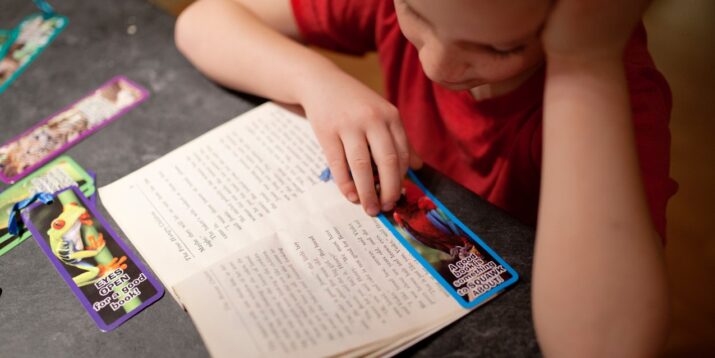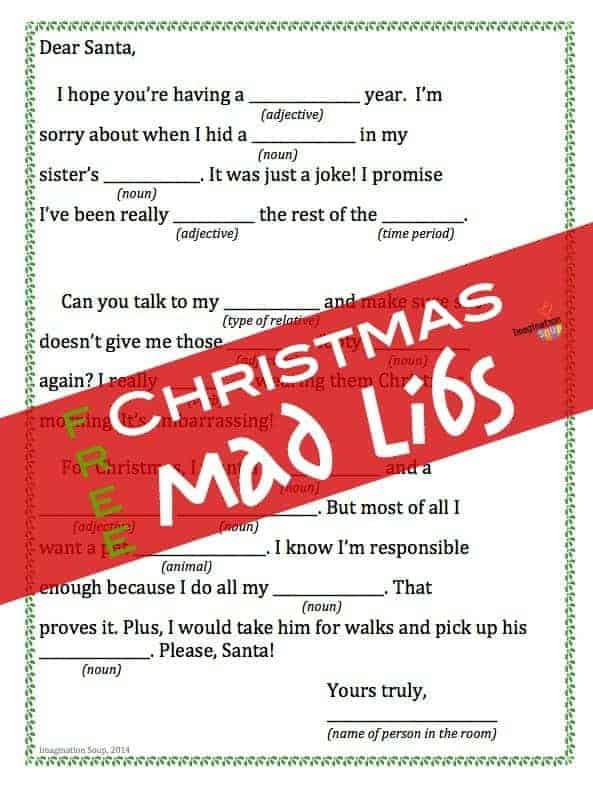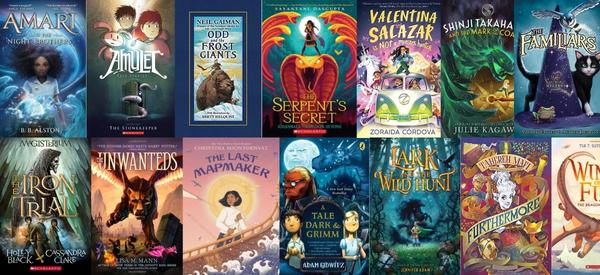Fluency: What It Is and Why It’s Important
This post may contain affiliate links.
Fluency — it’s not about the speed
When we say that someone is fluent in a foreign language, what does that mean? Does that mean that they can speak, write and read it really quickly? Or does it mean that they’re able to speak, write and read it sounding natural and as well as they do in their native language?
What answer did you give? Most likely, you didn’t answer “really quickly!” We assume that reading fluency in a foreign language is connected to the ability to sound natural and effortless. Why, when we talk about fluency in speaking, writing and reading English, why do we often focus on speed? Maybe because it’s easier to measure speed?
Many of the students that I work with have the same misperception. They think that being a fluent reader means being a fast reader. This misperception can lead to anxiety and a focus on speed at the detriment of accuracy.

So, what is fluency? Why is it so important? And how can we build it in children?
Fluency: What it is and what it isn’t
Fluency is connected to automaticity. That’s a phrase we use a lot in education. Automaticity means being able to accomplish a task with minimal cognitive effort because it’s already committed to our memory.
Automaticity in multiplication facts would mean not having to use a multiplication table or pause to think in order to solve a problem.
Automaticity in reading means that a child is able to read a word by glancing at it and then almost immediately saying it, without having to go through the laborious process of decoding it. The word has been entered into their memory. Reading researchers would say it has been “orthographically mapped.” That’s a way of saying that the letter and sound combinations have been entered into a child’s memory so that they can immediately be retrieved.

So, what is the definition of reading fluency?
When a child has reading fluency, they are able to read a passage at a comfortable talking pace, without pausing to decode or struggle with recognizing words.
I recently attended a training from Dr. Timothy Rasinski (an amazing reading researcher!) He reminded me that focusing on speed doesn’t build fluency. Actually, it can cause fluency to suffer because focusing on speed often leads children to become anxious and lose accuracy. That’s not fluency! Focusing on building fluency will naturally lead to increased speed as children gain independence and become proficient readers.
Why is fluency so important?
Fluency is important because, as Rasinski said, it is the bridge between phonics and comprehension. If a child isn’t fluent and they are constantly decoding or struggling with words, then it’s very difficult for them to understand what they are reading.
Many of my struggling readers want to speed through their reading, blow through punctuation, and barely register that they’re reading dialogue. This impacts their reading comprehension. Many students get “stuck” at the decoding level. They’re decoding words accurately, but slowly. The text has little meaning to them. Fluency is what provides that meaning.
How do you build fluency?
The great news is that building fluency is fun! I put together a big packet of fluency building activities and sent them home over February vacation with my students. They groaned when I gave them each the packets. “Reading has no vacation!” I said with glee. A week later, when they returned, one of my students said, “So that packet… it was actually fun!”

Fluency Building Activities
We build fluency by getting children to read the same text repeatedly out loud. Repeated reading. But how do we get students to want to read out loud?
Model it for them
The best way to build your child’s fluency is to model fluent reading for them. Reading aloud to them as often as you can is essential. As you read, slow down to build suspense, use voices and accents, pause for drama. Have fun with it! The Read Aloud Handbook by Jim Trelease is my bible of read aloud techniques. And he has an amazing list of great read aloud books for any age.
Paired and group reading activities
There’s a wonderful collection of books called the “You Read to Me, I’ll Read to You” series by Hoberman and Emberley. There are fairy tales, fables, and very short stories. They’re a great way to share reading and develop fluency! My fifth graders love them. Repeated reading of these shared books will help improve fluency.
Reader’s theater
Turn anything into theater! Many children love acting and plays. And they’re a great reason to practice a text repeatedly and with emotion and drama!
Book buddies
In school, my fifth graders read children’s books to kindergarten and first grade students. We practice reading the books, working on our oral reading with drama to hold a listener’s attention. At home, have your child read to a sibling, parent, pet, or stuffed animal. Or, have the child read a book to a distant relative on Zoom or Facetime!
Tongue twisters and jokes
Tongue twisters are a great way to build fluency! And learning jokes to recite adds fun to reading!
Jump rope chants
I remember learning so many jump rope chants when I was growing up! “Cinderella dressed in yella, went upstairs to kiss a fella, made a mistake and kissed a snake, how many doctors did it take?” Chants have rhythm and rhyme, which are a great way for kids to learn fluency.
Songs!
I half-jokingly asked my principal if I could budget for a karaoke machine for reading interventions. Seriously though, singing is an amazing way to read fluently! One of my students has an amazing singing voice! I discovered this when we decided to sing the last page of a book that we were reading to each other. Singing takes the anxiety and fear out of reading.
Fluency truly is essential for children if they are to find joy in reading. Phonics builds the skills that are necessary for reading. But fluency creates lifelong readers.
I hope that using some of these strategies will help your child find fluency, and fun, in reading!

KEEP READING






